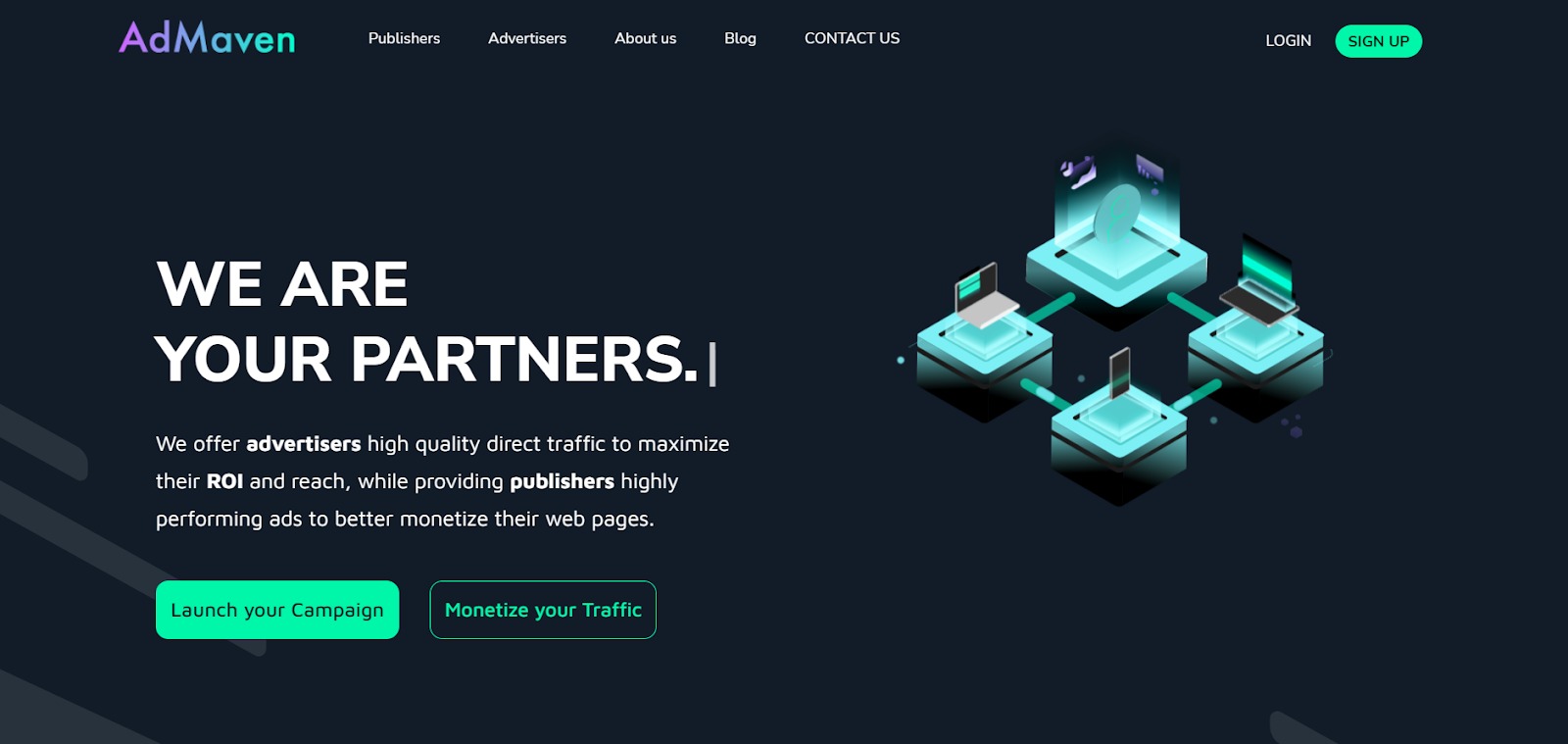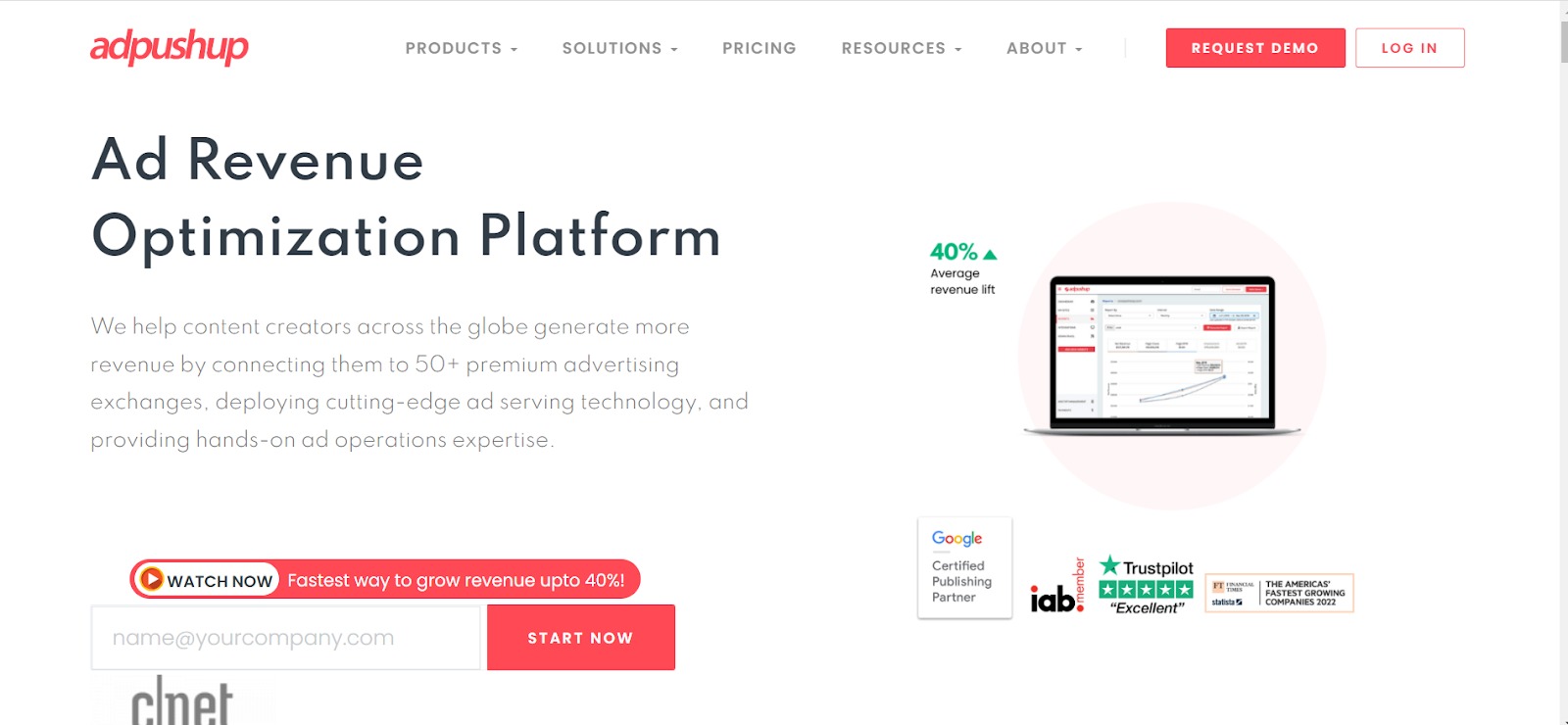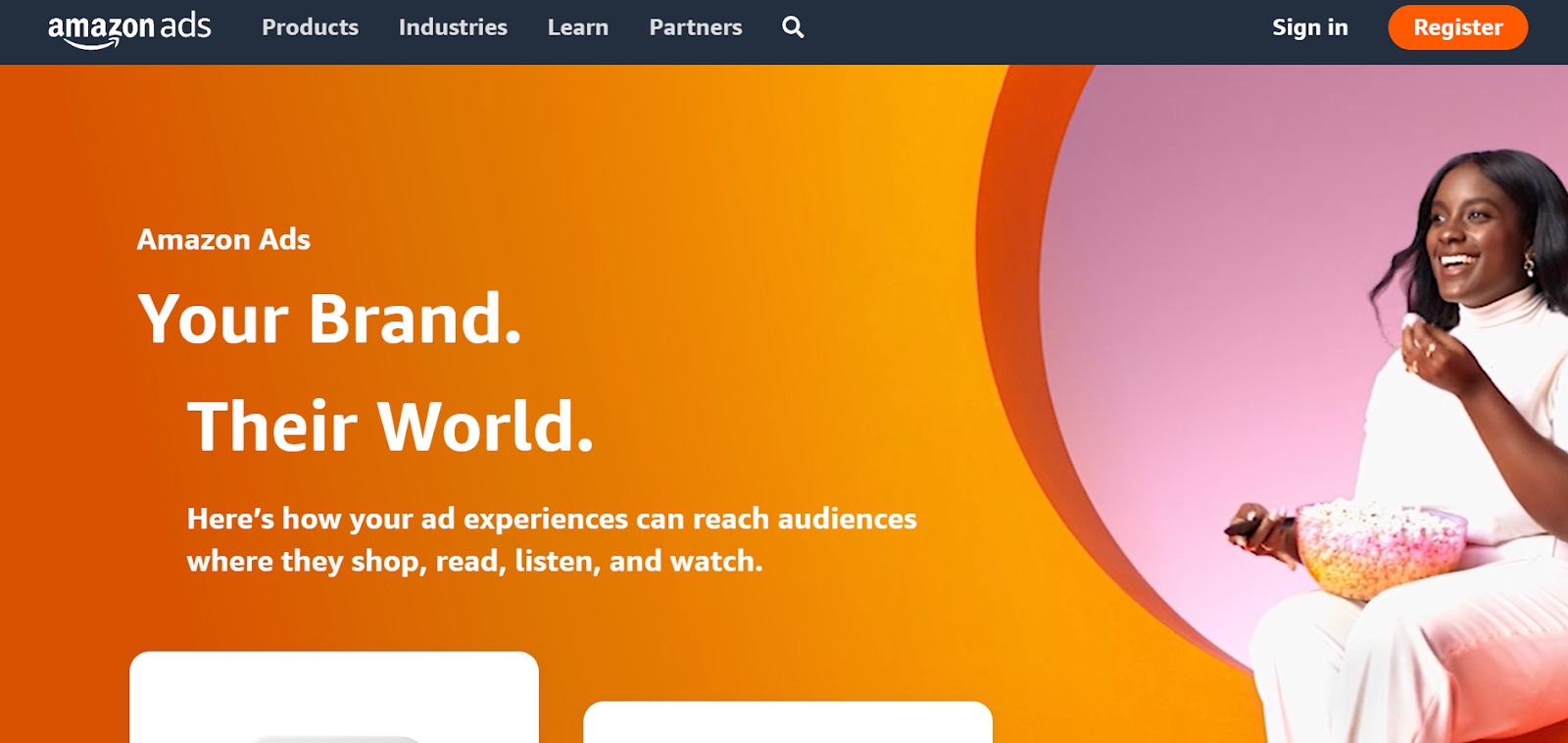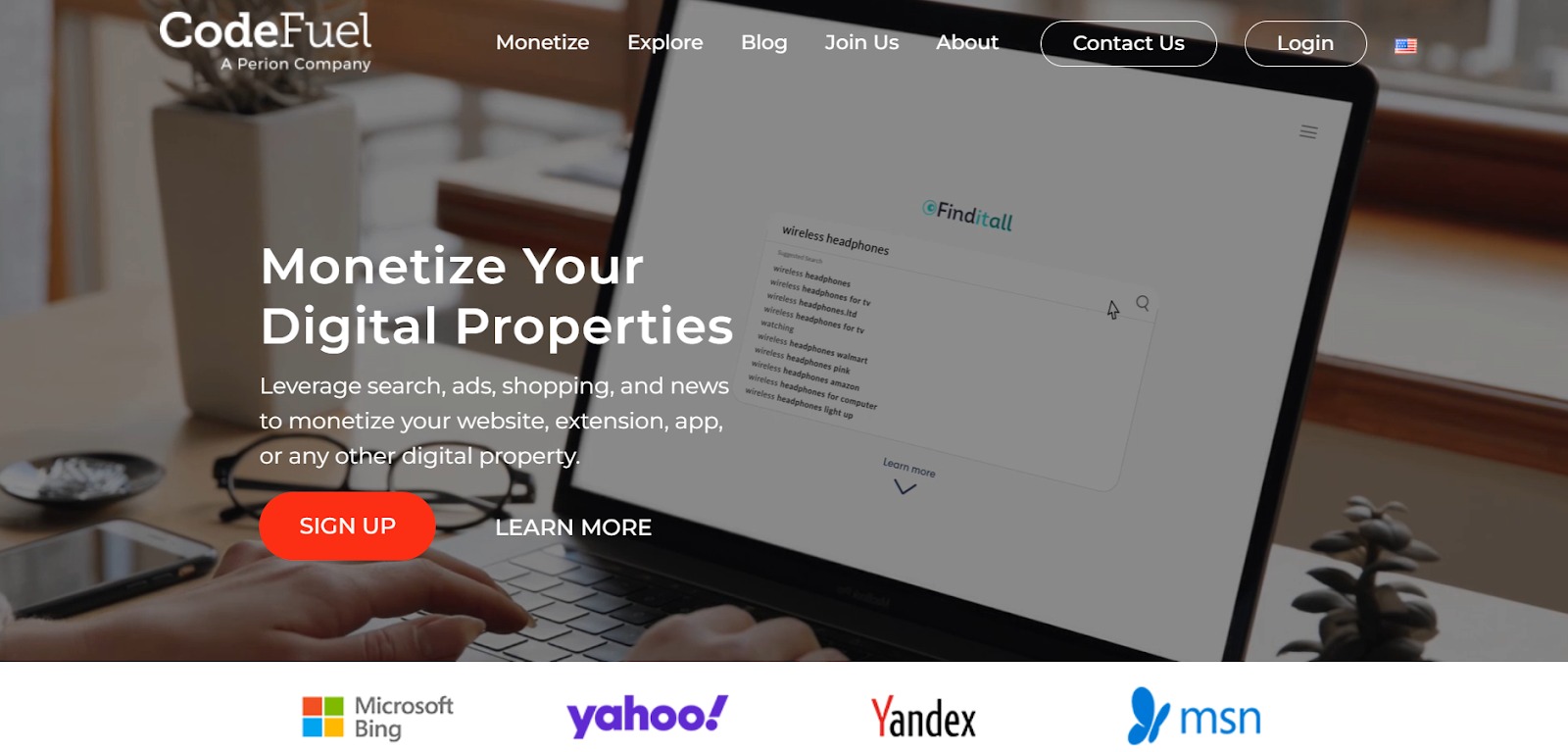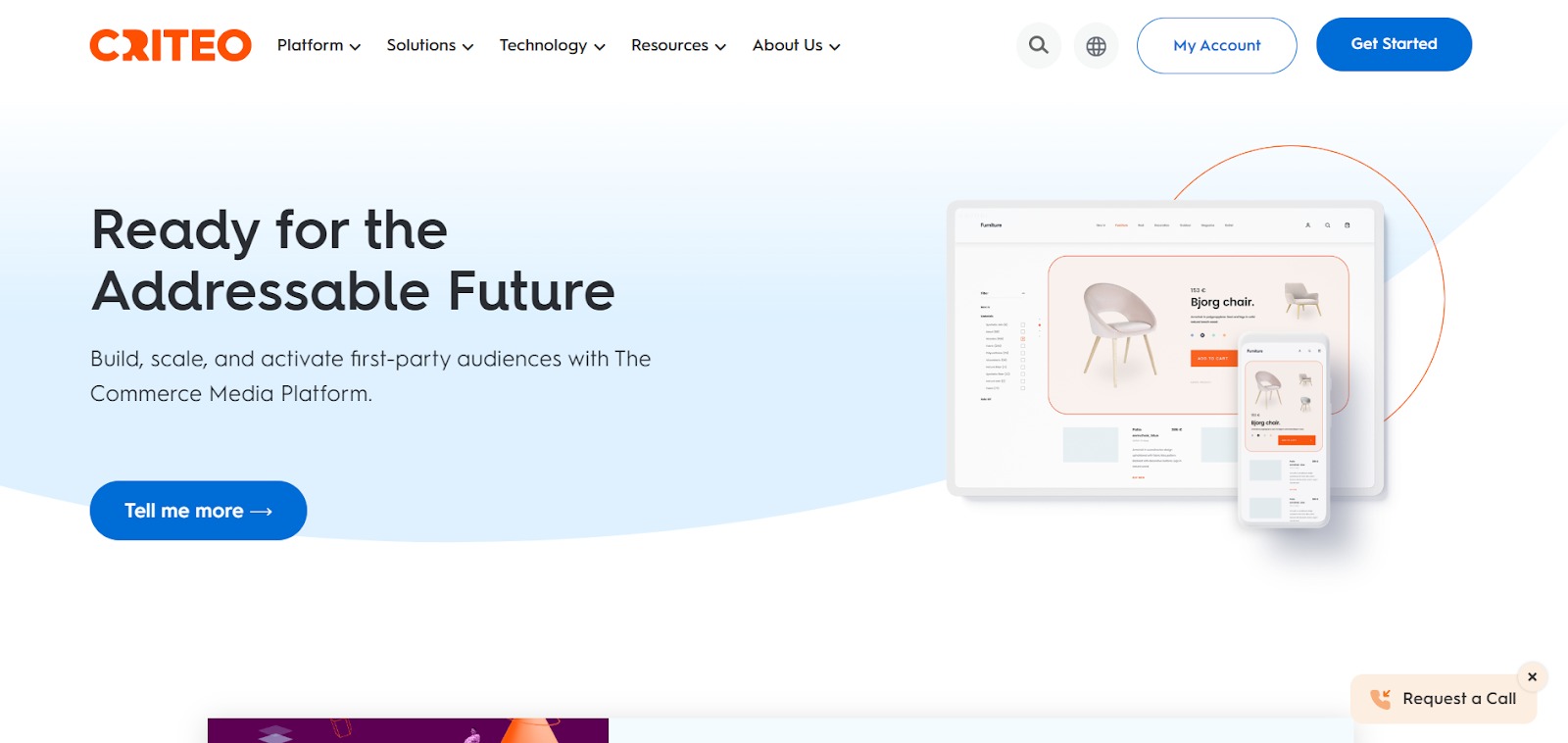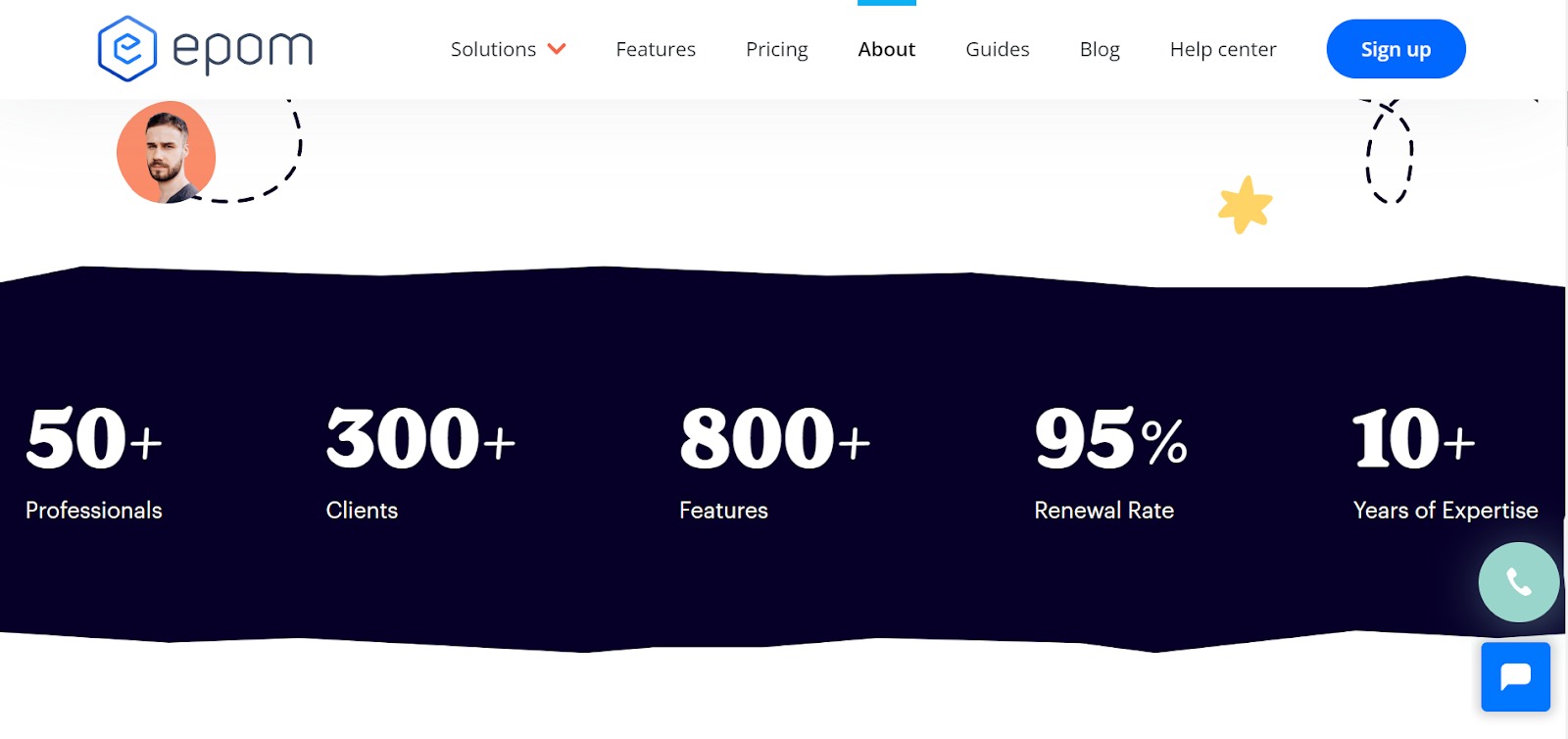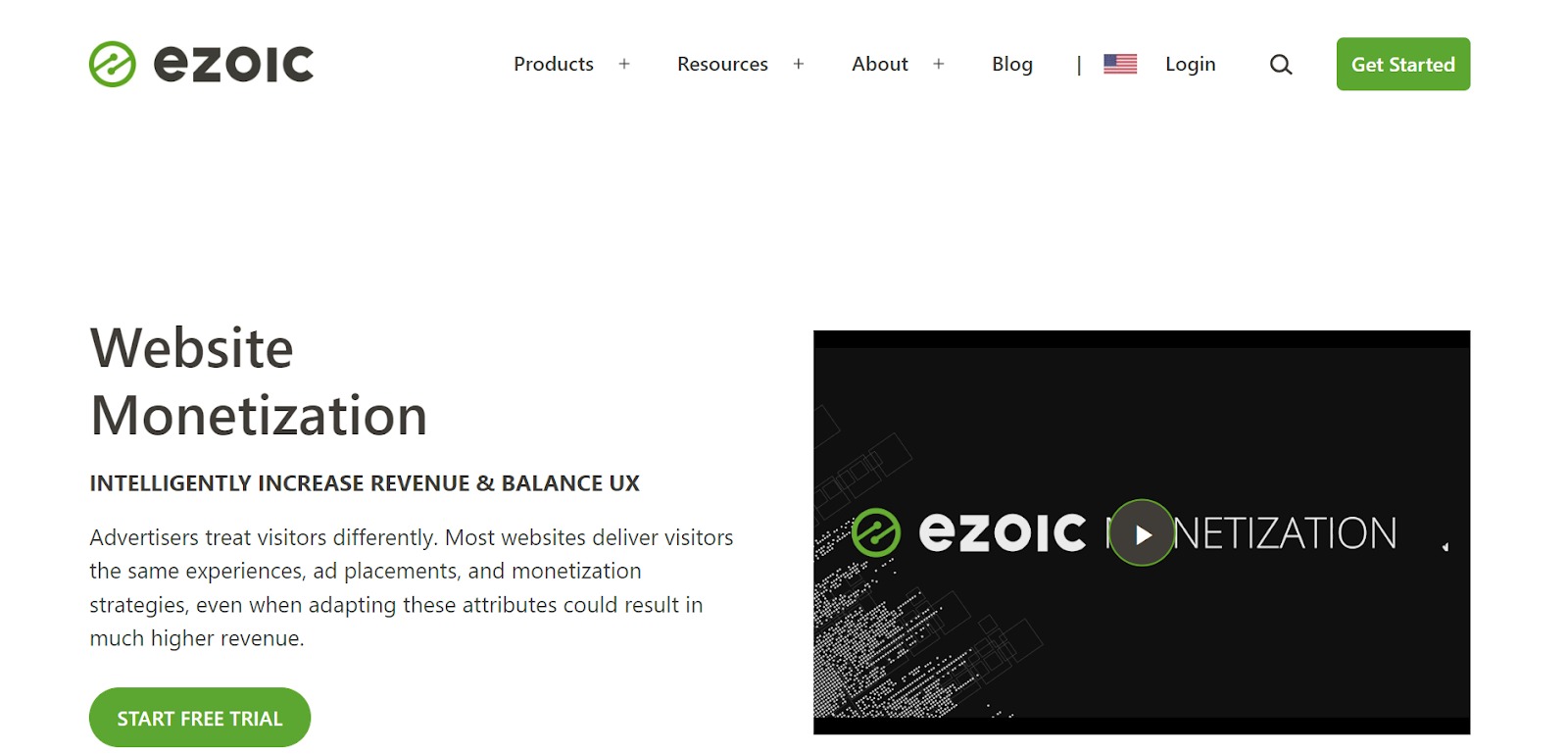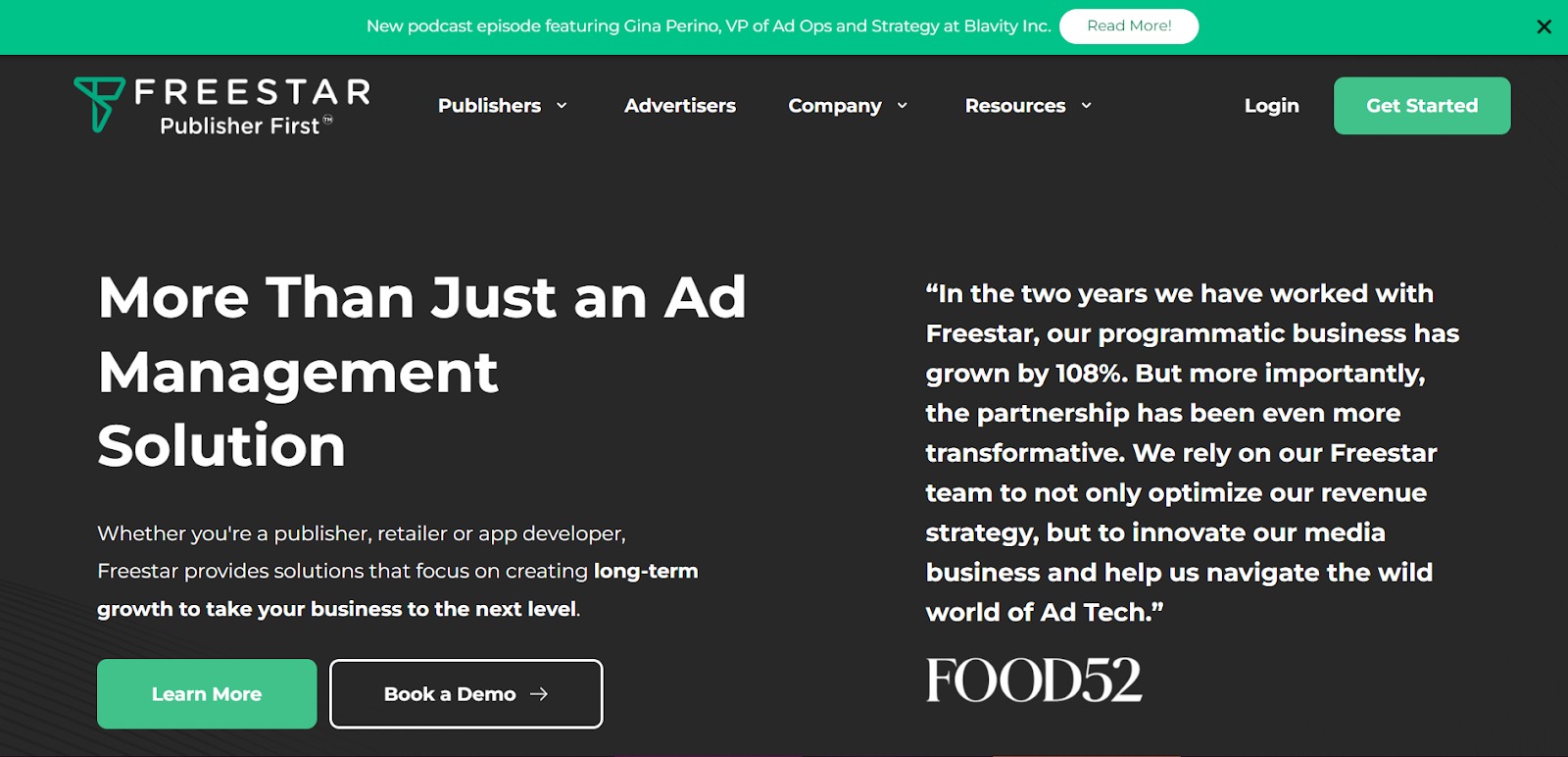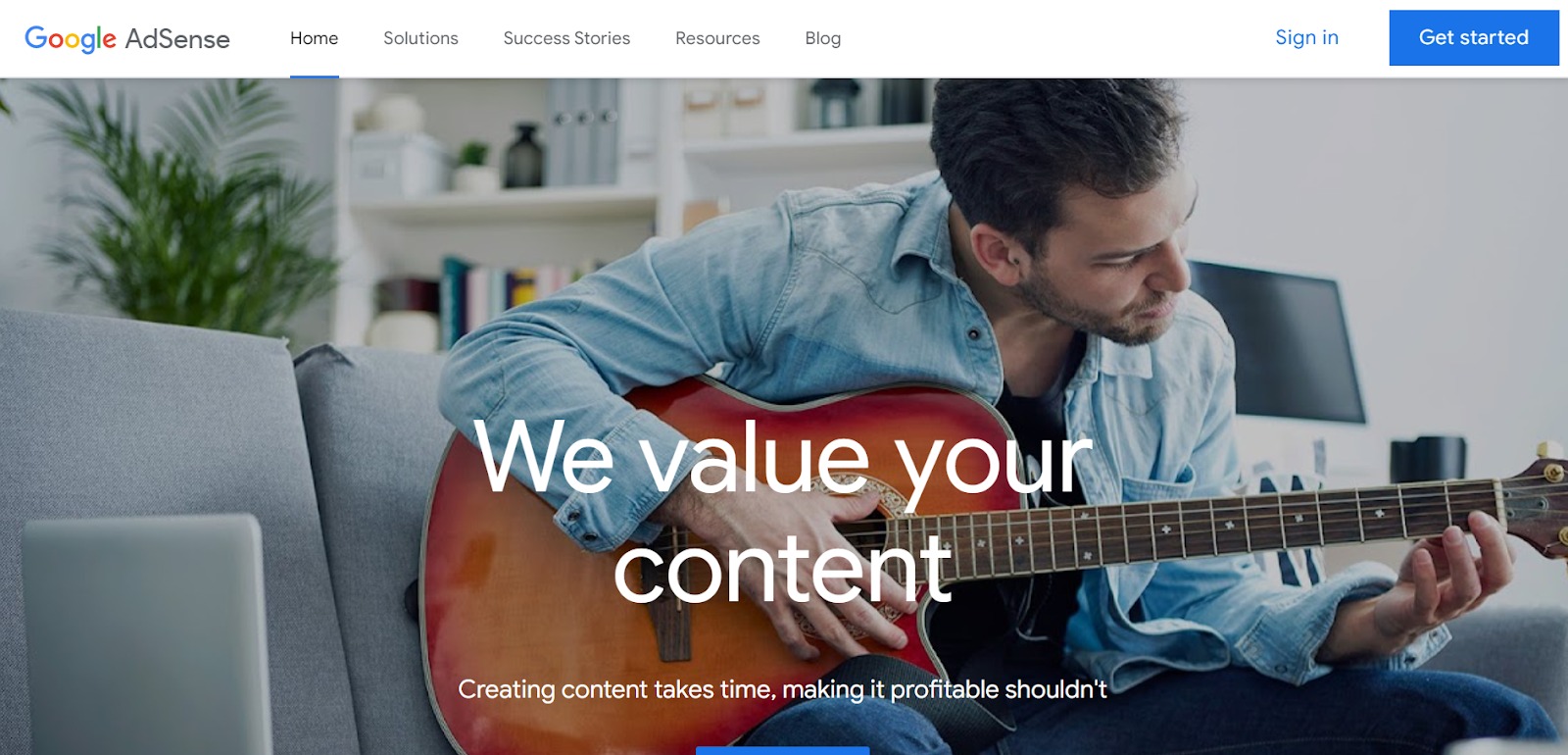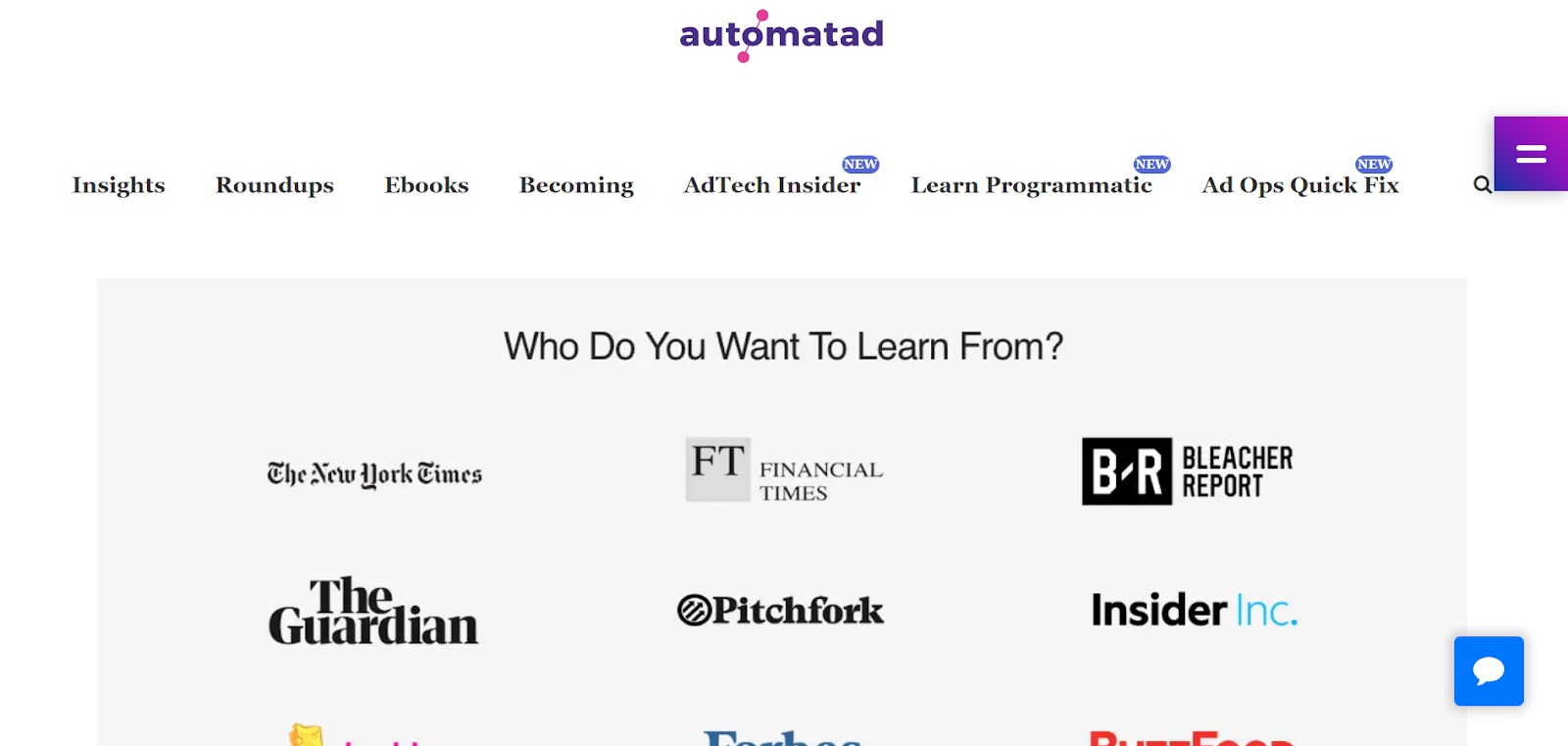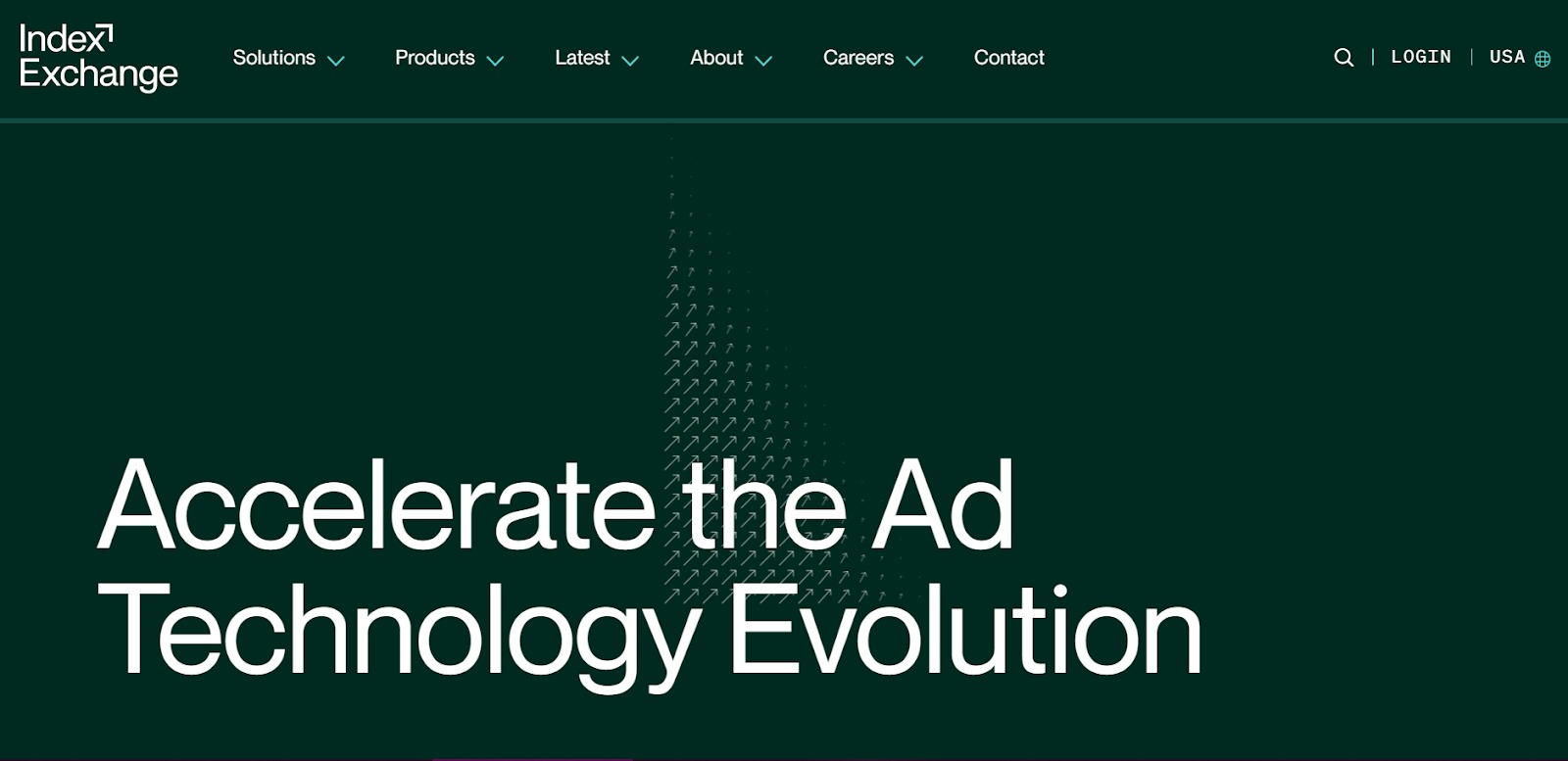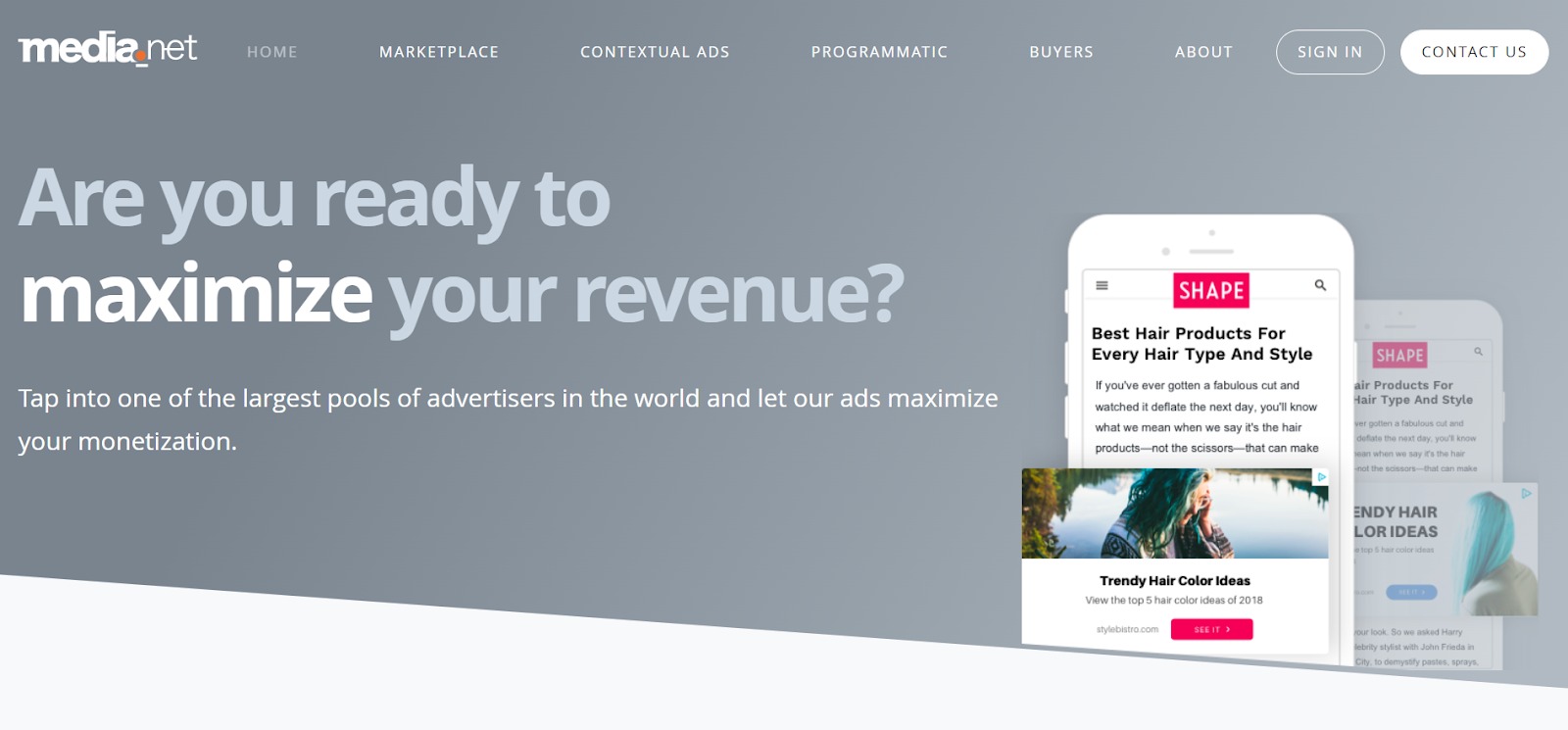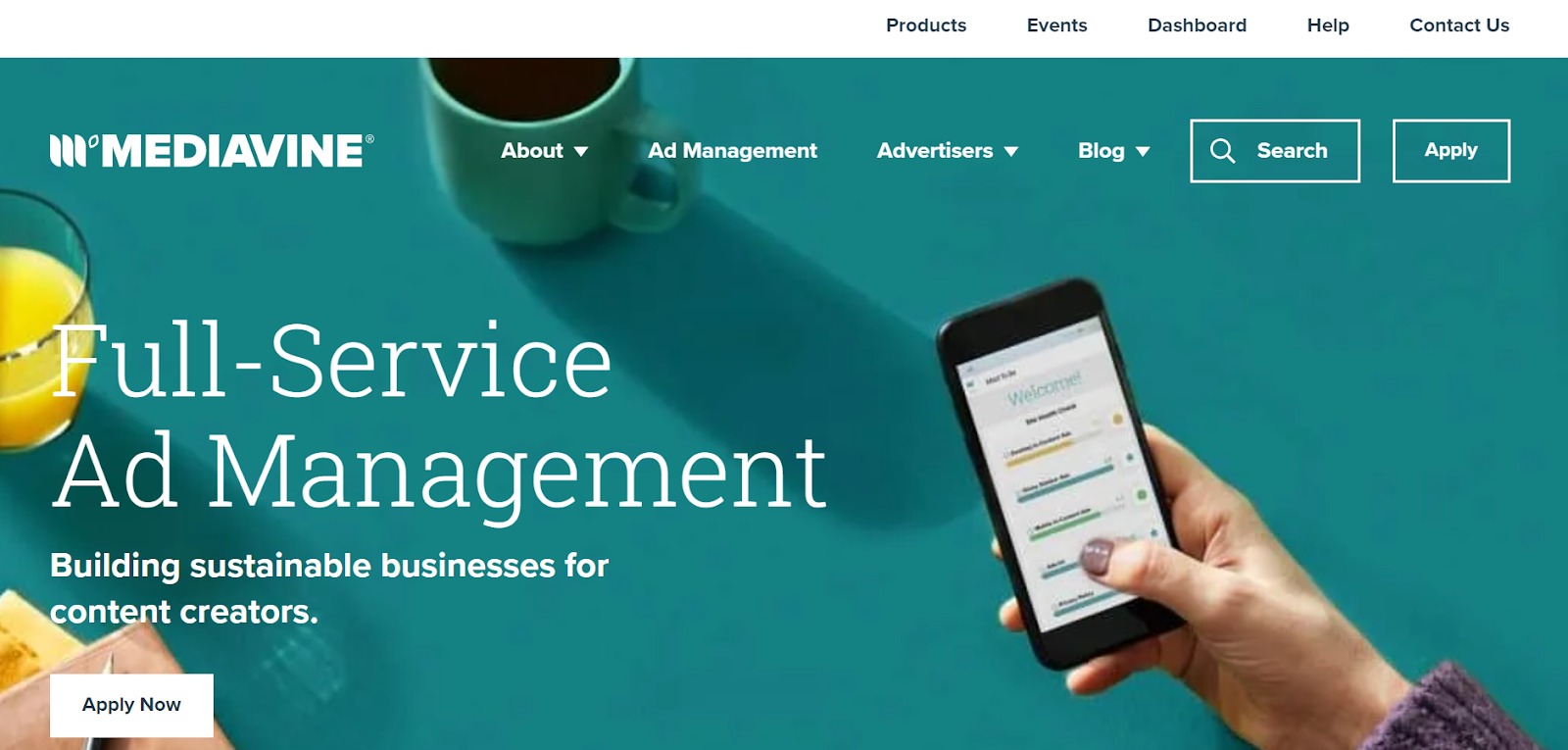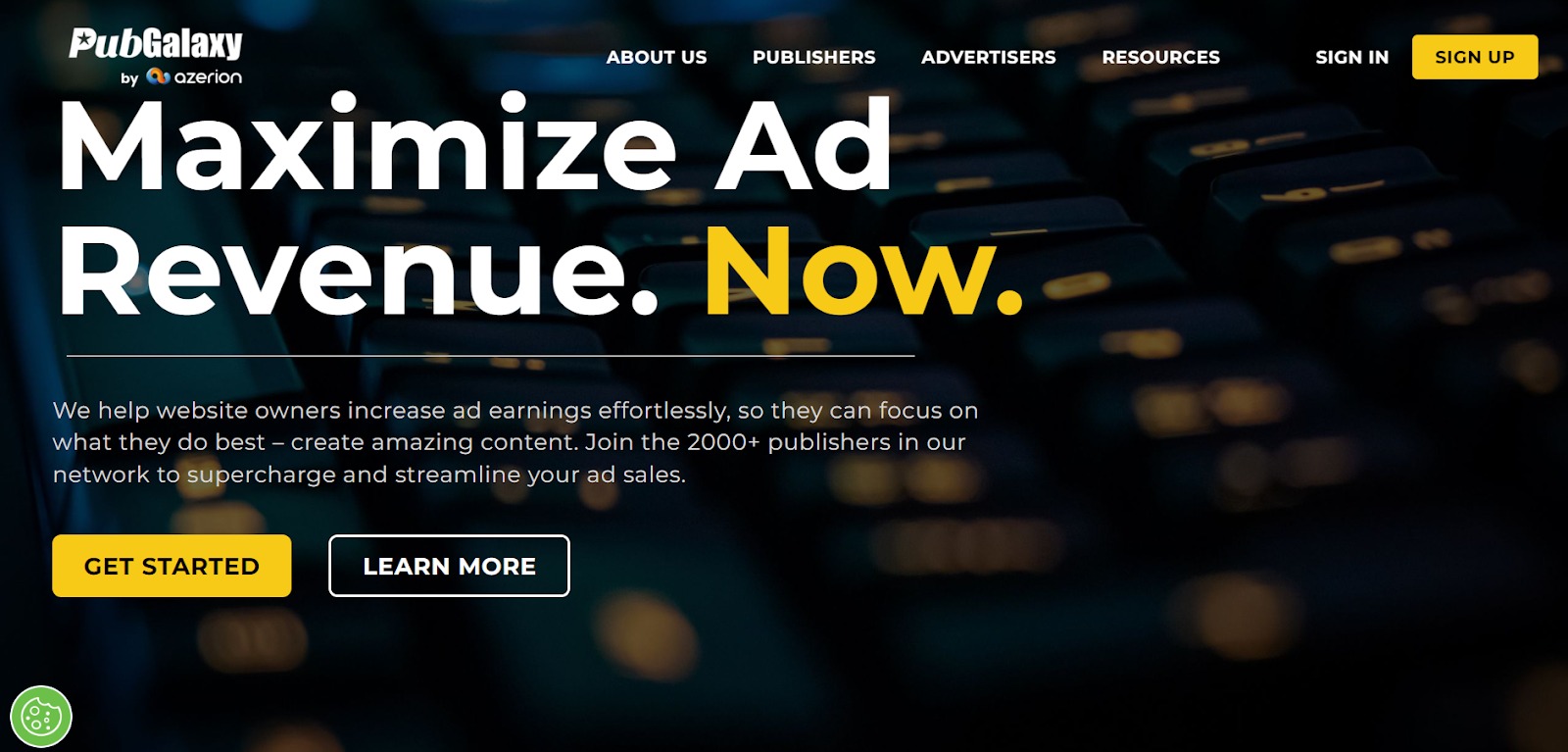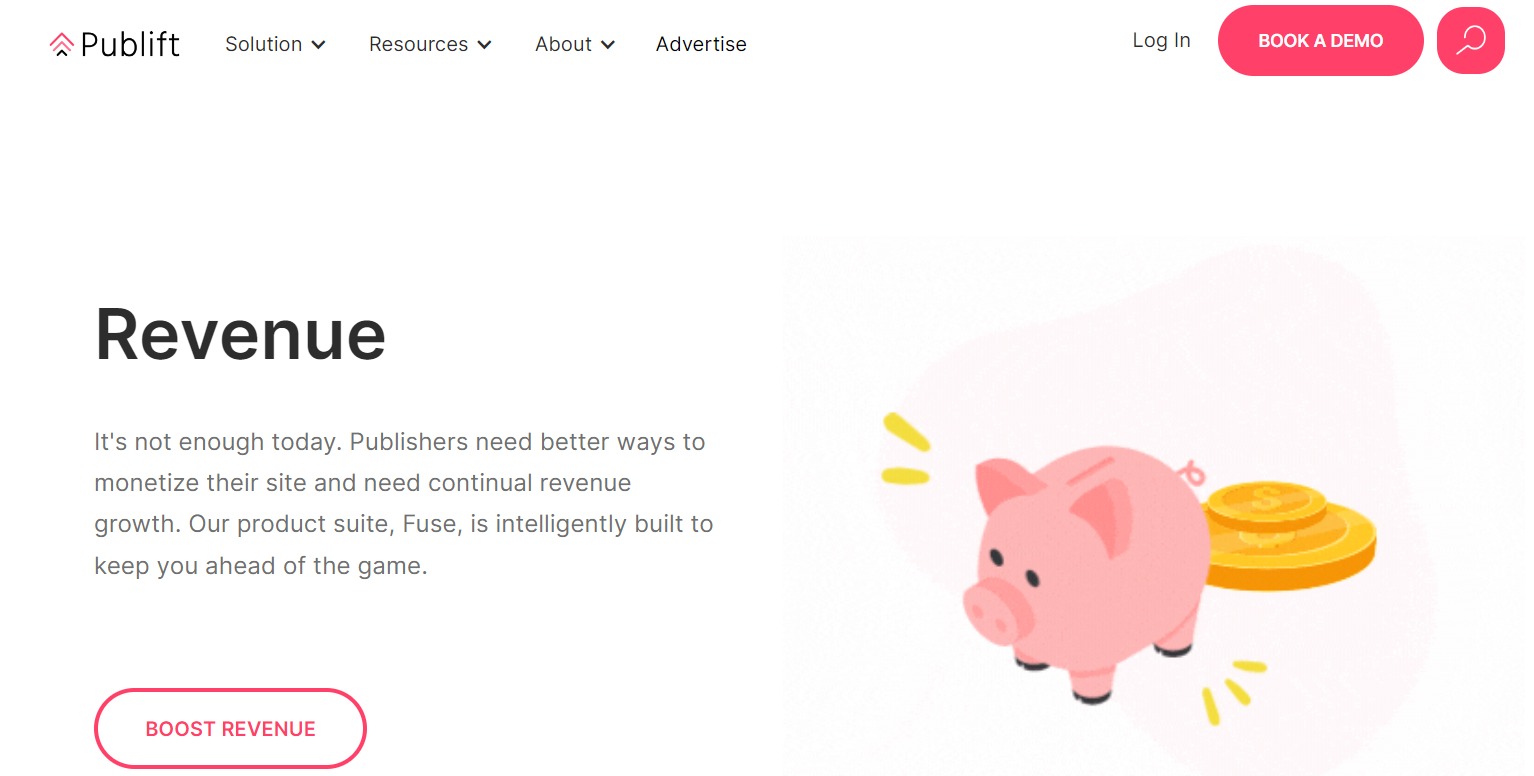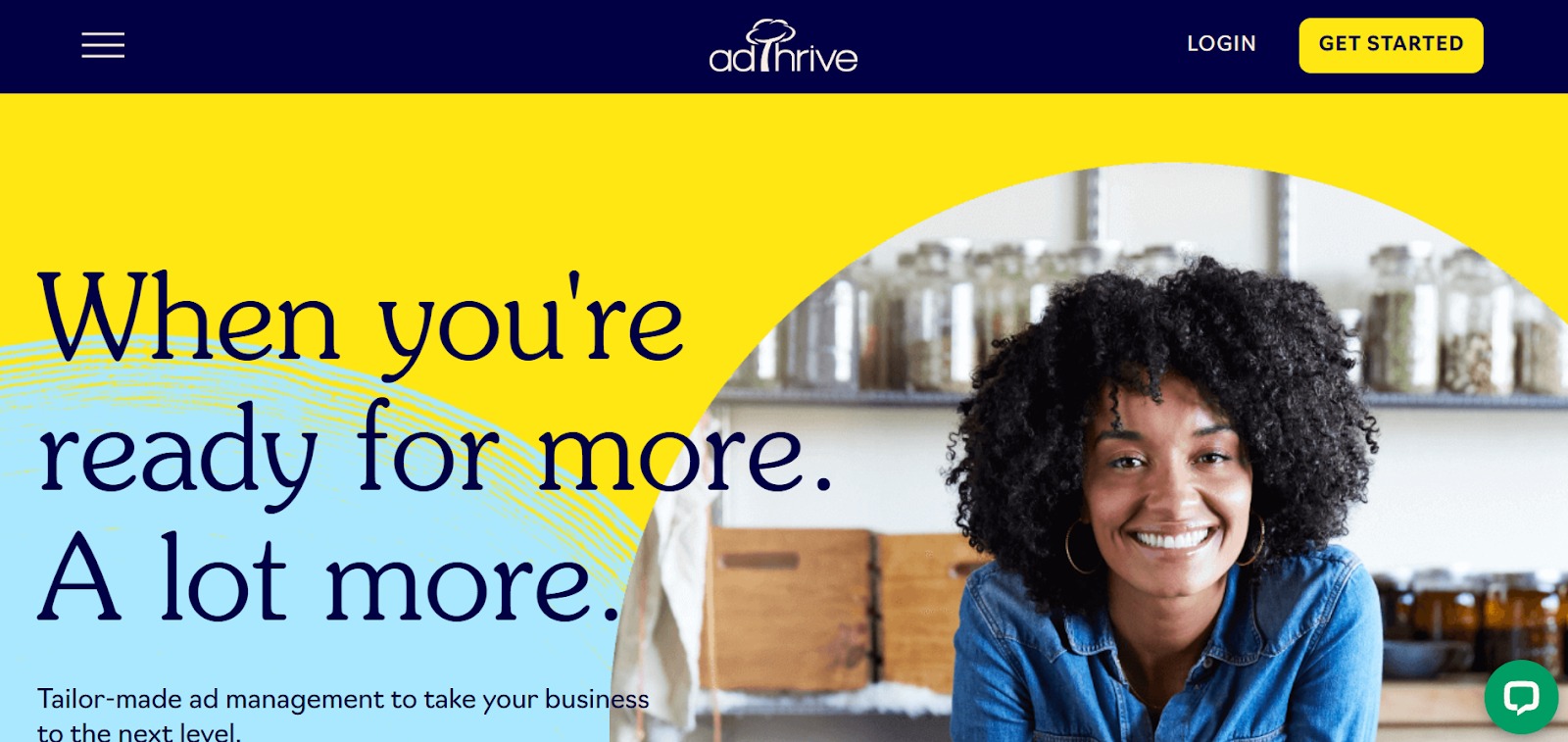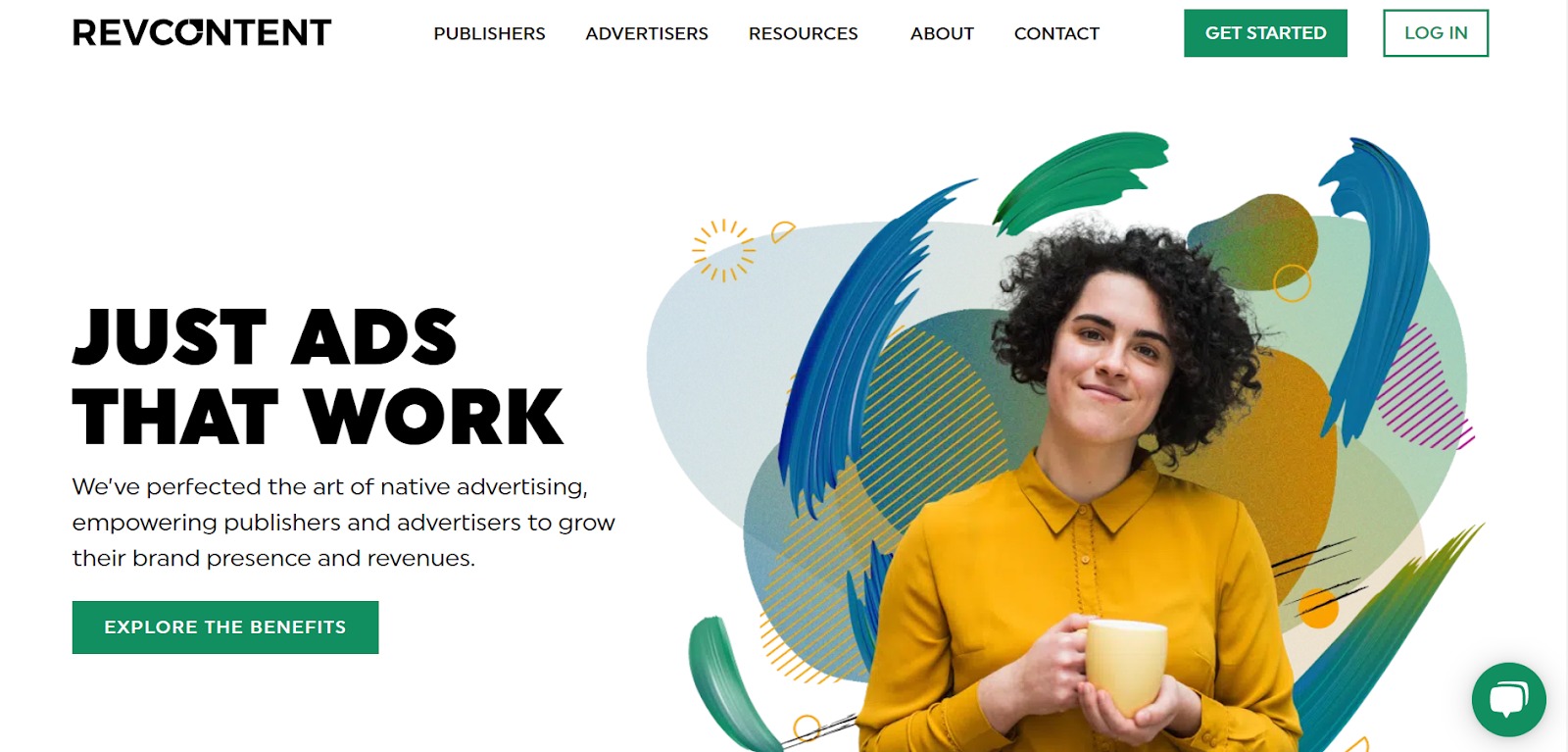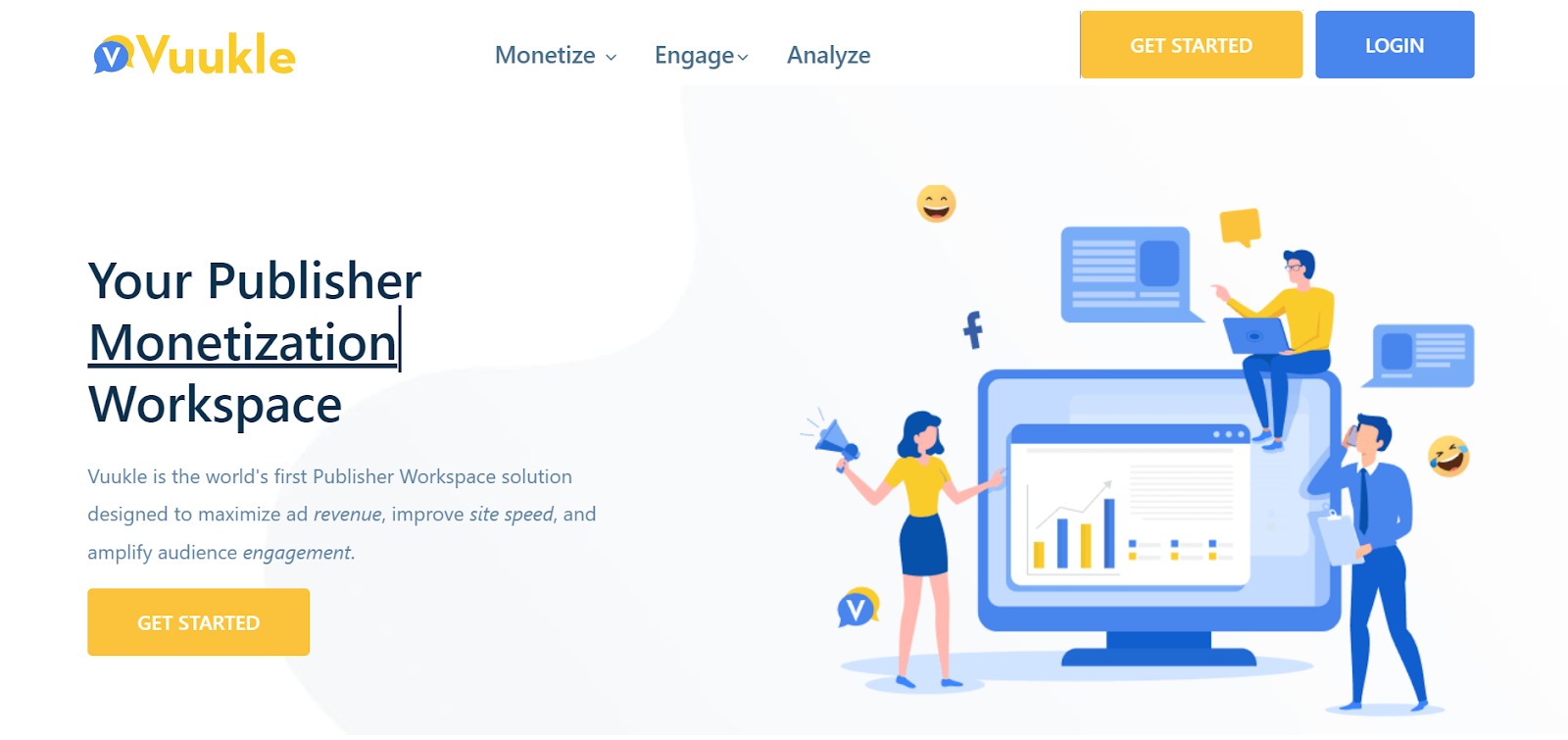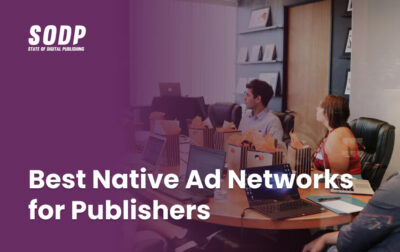Ad revenue represents one of just three monetization pillars publishers have access to — with the others being subscriptions and affiliate marketing. As such, those publishers that have prioritized ad revenue need to ensure they pick the right ad network.
The global digital advertising market is projected to hit $1.09 trillion by 2027, driven by factors such as the growing adoption of smartphones and the ongoing rollout of the Internet of things (IoT).
The role of digital advertising remains pivotal to brand strategies, with research showing that around 50% of online users search for a product video before making a purchase.
The growth of digital advertising offers immense monetization opportunities for publishers that are in a position to capitalize. A key element of that positioning is the ad networks they choose.
When choosing an ad network, it’s important to consider the ad formats available, the targeting options, the optimization tools and the revenue share. We have listed some of the best ad networks for publishers in the market to help you find the one that meets your requirements.
What Is an Ad Network?
Ad networks are online advertising intermediaries that broker deals between publishers who want to display ads and businesses that want to place them.
Ad networks mainly solve the fill risk, in other words the publisher’s risk of having unsold ad units.
They collect unsold inventory from multiple publishers and sell it in aggregated packages to advertisers.
This allows the ad network to offer more ad impressions to advertisers than a single publisher could provide and consequently charge a higher price for the ad space. In turn, the ad network passes on a share of the revenue to the publisher.
In a nutshell, ad networks benefit both sides by providing a service that makes it easier for advertisers to reach their target audience and for publishers to monetize their unsold inventory.
How Does an Ad Network Work?
Step 1: Pooling Inventory From Publishers
An ad network collects unsold inventory from multiple publishers and stores it in a central location. The most popular ad networks, such as AdSense, only choose high-quality websites to work with so as to maintain ad inventory quality.
Some networks are less selective and work with a larger number of publishers with less or lower-quality traffic.
The selected publisher in turn puts an ad network’s tag or a snippet of code in their website’s HTML code.
Step 2: Getting Campaign Details From Advertisers
Ad buyers create a campaign in the ad network’s campaign management panel, or the ad network can manage the campaign on behalf of an advertiser or ad agency.
In both cases, the ad network needs to receive information from the advertiser, such as their target audience, budget and what kind of ads they want to display — e.g., image, video or text.
Step 3: Selecting the Right Inventory for Advertisers
Once the advertiser’s campaign requirements match the publisher data, ad details are sent to the publisher via the ad network’s ad server and with the help of the previously-inserted ad tag that is responsible for calling the ad.
Step 4: Tracking Ad Performance
Ad performance is tracked via the ad network’s tracking pixel, which is placed on the advertiser’s conversion page(s).
Ad networks earn money either by taking a portion of ad revenue or by initially marking up the inventory of the publisher. Publishers are primarily paid according to the number of ad clicks, impressions or conversions.
Why Are Ad Networks Important?
Segregation
Ad networks segregate inventory collected from multiple publishers and segment it based on demographics. This allows advertisers to select their target audience more accurately instead of blindly placing their ads.
Specialization
Some ad networks specialize in a single ad format, such as display ads, videos, etc. This allows publishers in specific niches to work only with networks that offer the most appropriate ad placements for their website content and audience.
On the other hand, advertisers benefit from specialized ad networks in the confidence that their ads will be placed on websites with similar content, resulting in better chances of conversion.
Time Savings
Advertisers no longer need to look for individual websites to place their ads, while publishers gain leads by simply signing with an ad network instead of looking for advertisers.
Additionally, advertisers do not sign separate orders for different publishers but rather work with one ad network that has a contract with many publishers.
Reach and Measurement
Campaigns are much easier to measure as results are aggregated. Ad networks offer reporting tools that show a campaign’s performance in terms of reach and impressions. This allows advertisers to make changes necessary to improve their campaigns without tracking each publisher’s efficiency separately and comparing the results.
How Ad Networks Benefit Publishers
Effectiveness
Ad networks have direct relationships with advertisers and demand-side platforms (DSPs), enabling them to aggregate demand and sell inventory in bulk.
Monetization Methods
The best ad networks provide monetization solutions for a variety of ad formats, such as display ads, video ads and native ads. This gives publishers more options to generate revenue from ad inventory than working with a single advertiser.
Higher ROI
The prices set by ad networks are generally higher than what publishers could secure on their own for unsold inventory.
This is mainly because ad networks can provide bulk impressions to advertisers, which are then passed on to publishers through higher cost per 1,000 views (CPM), which we’ll delve into a little later on.
Better Targeting
Ad networks have access to large amounts of data they can use to target ads more effectively. This results in higher click-through rates (CTRs) and conversion rates, leading to higher revenue for publishers.
Google AdSense, for example, is one of the largest ad networks with more than 2 million advertisers.
4 Different Types of Ad Networks
Choosing the right type of ad network is crucial for the quality and volume of the traffic. Here are the four main types of networks publishers can use to generate ad revenue.
Premium Ad Networks
A premium ad network works exclusively with big brands and well-known companies to provide high-quality traffic at a higher price.
The advantage of working with such networks is that publishers access big budgets and well-crafted ad campaigns that usually convert well. The downside is that it can be hard to secure a premium network’s approval as they are very selective with the inventory they offer advertisers.
Examples:
Vertical Ad Networks
A vertical ad network focuses on a specific industry or niche, providing access to websites that are related to this particular niche.
Examples of niches that vertical networks target are healthcare, finance and travel. As the target audience here is very specific, campaigns that run through vertical ad networks usually generate less traffic but have a higher conversion rate.
Examples:
Inventory-Specific Ad Networks
Inventory-specific ad networks for publishers provide access to a specific type of inventory, such as video, mobile or rich media ads. They usually have a great deal of experience with the type of inventory they offer, and provide insights on how to make the most out of it.
Examples:
Affiliate Ad Networks
Affiliate ad networks provide performance-based advertising, meaning the publisher is only paid for ad conversions.
These ad networks connect content creators, bloggers and other online publishers with companies ready to pay for the promotion of their products or services. Publishers earn commissions for the promoted products and often do it transparently by disclosing their use of affiliate links.
Examples:
How to Choose the Best Ad Network
Publishers need to evaluate different ad networks to see which one is the best fit for their website. The most fitting ad network for a website should generate enough profit without harming the quality of the content and user experience.
Here are some factors to consider when choosing the best ad network.
Size
Though there is no single accurate measure of an ad network’s size, one can gauge this by the number of advertisers and publishers the ad network already has in its system.
This information is usually publicly available on the network’s website, and it can help publishers understand whether the network is big enough to guarantee a constant flow of advertisers. If there is no relevant information available, publishers should evaluate the quality of the network’s main advertisers.
If the network boasts reputable clients that are more likely to have big advertising budgets and demanding traffic requirements, then the network is more likely big enough to support the publisher’s needs.
Reputation
Popular ad networks, such as AdSense and AdRoll, have been around for many years and have built a solid reputation within the industry. When working with these networks, publishers can have confidence that payments will be processed on time.
However, when cooperating with lesser-known ad networks, it’s necessary to check their reputation before signing a contract. Reading reviews and talking to other publishers who have already worked with the network are smart choices.
If the ad network is new on the market, it’s a good idea to look into the team behind the curtain. If that team has experience in the industry and comes from a well-established rival, then the network is worth considering.
Quality of Ads
It’s essential that publishers carefully scope out the type of advertisers that the ad network works with, as this will determine the quality of the ads publishers will be expected to display on their websites. Ad quality is usually determined by a website’s content quality, relevance and design.
For publishers to ensure they’ll receive high-quality and contextually relevant ads, they should check the ad network’s advertiser requirements. Networks that have strict requirements and vet their clients carefully are more attractive.
Alternatively, publishers can opt to manually review ads before displaying them. If some ads are irrelevant or are poorly designed, publishers can report them to the ad network and refuse to display them. However, all this takes and eats up resources on both sides.
Compensation Model
The most common compensation models are cost per click (CPC), cost per mille (CPM) and cost per action (CPA).
With the CPC model publishers are paid every time a user clicks on an ad. Revenue varies depending on the type of the product being advertised, the platform, the ad as well as the niche. For example, Google Ads’ CPC rates for search ads stood at $0.67 in 2021, while Google Ads’ CPC rates for display ads were $2.32.
With the CPM model, publishers are paid based on the number of impressions the ad receives, regardless of whether it was clicked or not. The CPM rates largely depend on the website’s traffic, the main audience’s location and the CTR. The CPM for display ads usually fluctuates between $0.30 and $2.
Finally, with the CPA model publishers are only paid if a user takes a specific action, such as filling out a form, signing up for a newsletter, etc. In other words, the CPA shows the total cost spent on a single customer to move them along the advertiser’s sales channel.
The CPA model is often used in performance-based advertising, where advertisers are looking to generate leads or sales.
Now that we have a bit more insight into the ad network landscape, let’s review the best ad networks in 2024.
 Edited by Andrew Kemp
Edited by Andrew Kemp 


























